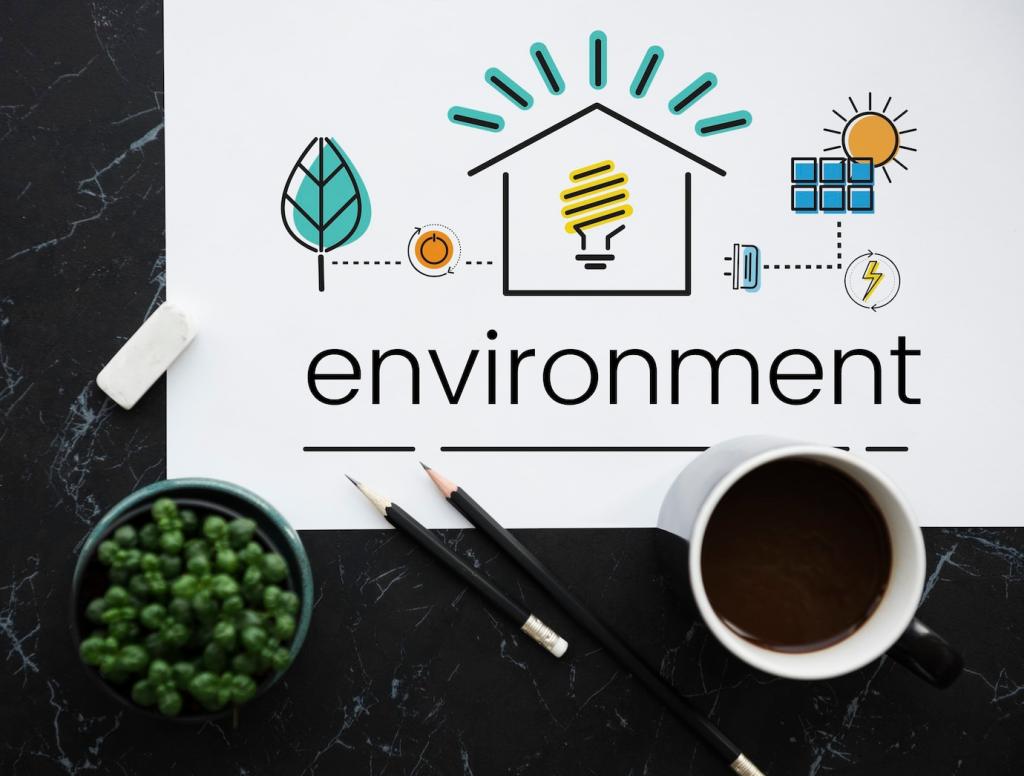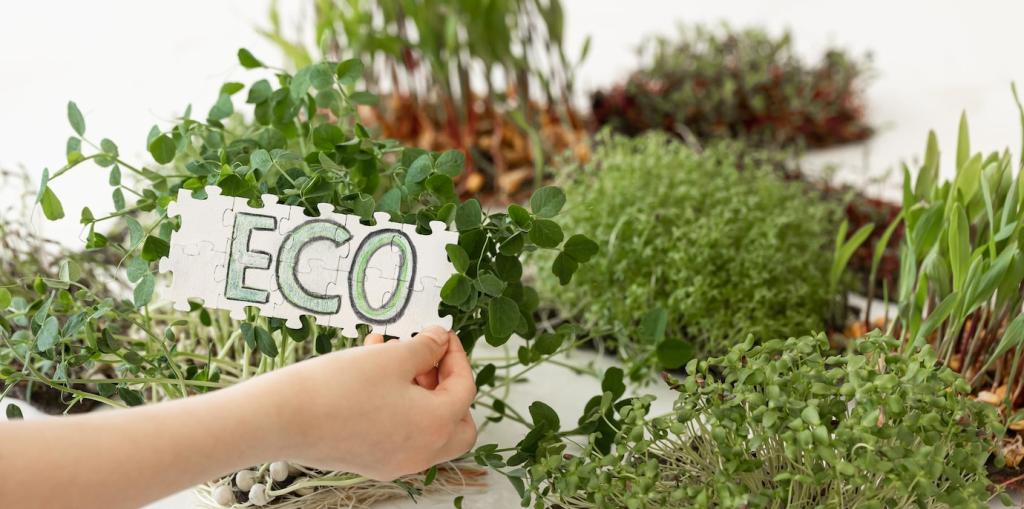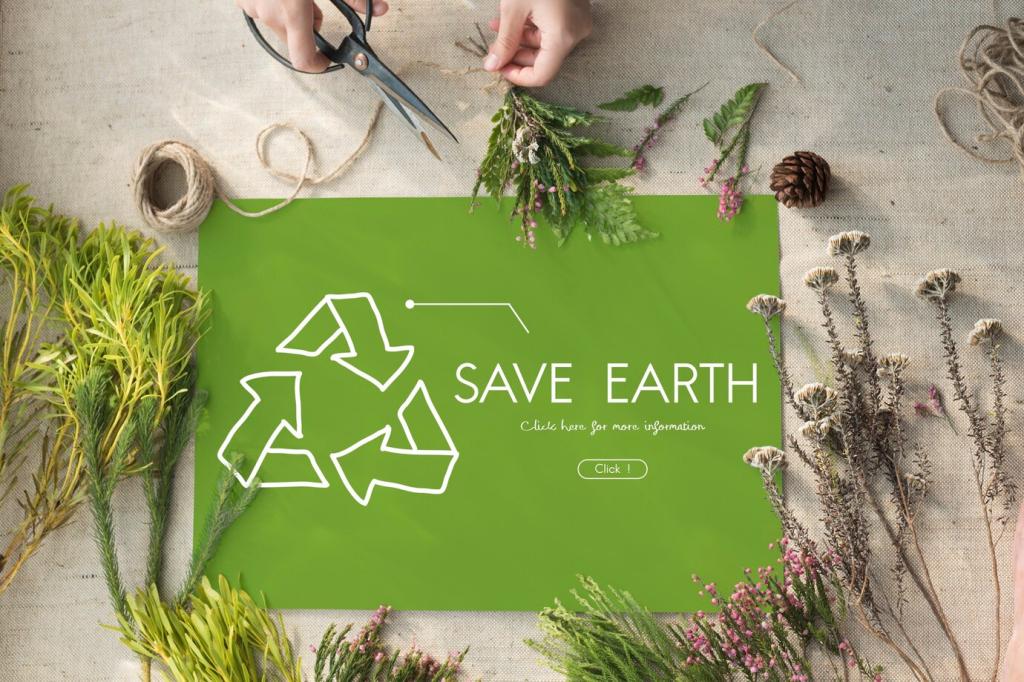Real-World Story: A Living Room Makeover with Reclaimed Elements
A sofa frame built from reclaimed Douglas fir beams provided quiet strength without excess bulk. The maker documented the salvage site and moisture content, ensuring stability. Upholstery used recycled fiber fill and a durable, removable cover for easy washing. Could your next sofa be designed for repair from day one?
Real-World Story: A Living Room Makeover with Reclaimed Elements
A coffee table fashioned from a retired factory worktop kept scratches and calibration marks visible under a matte finish. Guests traced those ghostly lines like a map of the table’s previous life. The piece anchored the space with authenticity. Share your favorite conversation-starting object and the story it carries.











